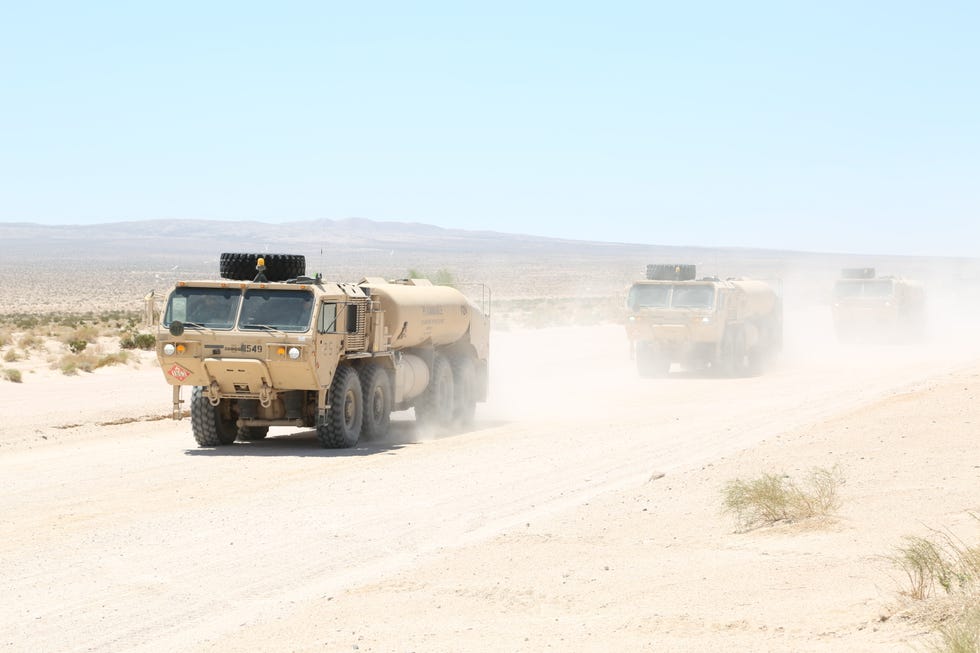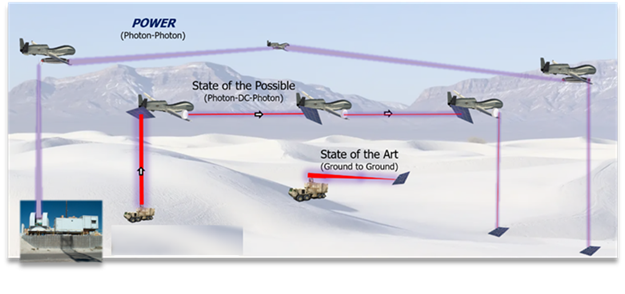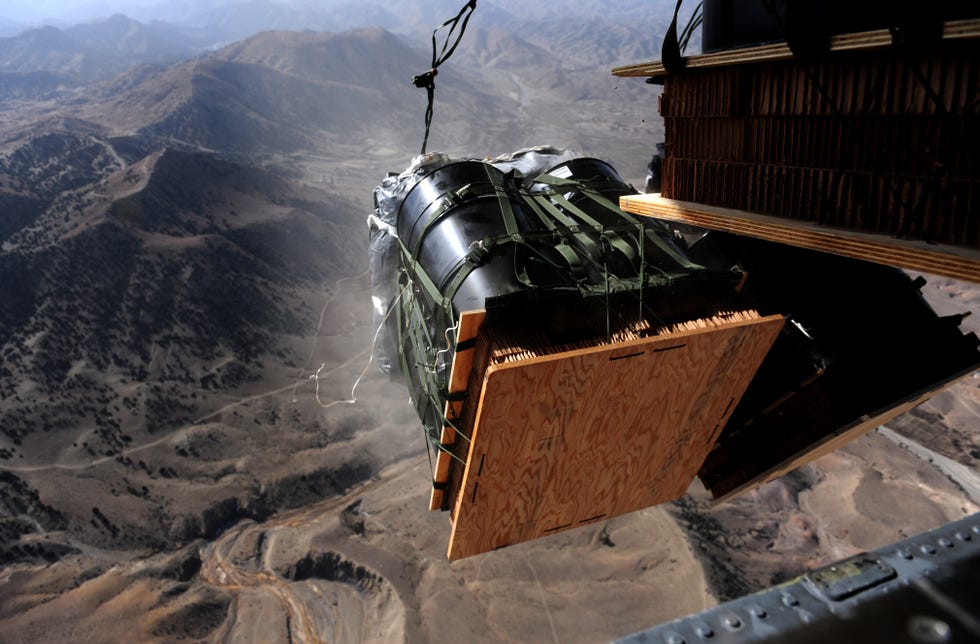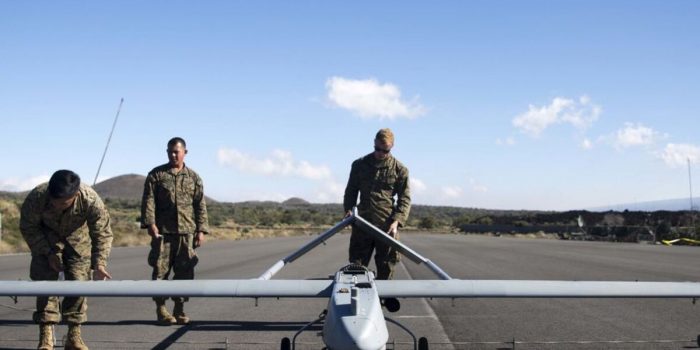The Defense Advanced Research Projects Agency (DARPA) plans to use laser technology to transmit electricity wirelessly to remote U.S. military bases, a concept dating back to Nikola Tesla’s proposals over a century ago.
DARPA’s Project POWER aims to provide an uninterrupted energy supply to forward operating bases, where wires or fuel supply lines can be strategically targeted. The project will use long-endurance drones and satellites as relays, beaming laser energy over long distances and sending it down to the military base.

Unlike fuel trucks or transport aircraft, which can be vulnerable to attacks, POWER will have few vulnerabilities for enemies to exploit. Jamming attempts will be ineffective against lasers. DARPA plans to hand over the project to other government agencies for practical use once the technology has been proven effective.

DARPA
The project has applications beyond the military, including providing energy to remote settlements and scientific research stations and using renewable energy sources. DARPA’s program manager for Project POWER, Col. Paul “Promo” Calhoun, expects a full demonstration of the technology within the next four years.
“First of all, the environment has changed, and the need for more resilient energy transport methods for military operations is at a premium,” he explains by email. U.S. forces—such as the special operations forces he resupplied as a C-17 transport pilot—are operating from distant bases worldwide, from the South China Sea to the Iraqi desert. Many of these forces operate their own radars; anti-drone microwave weapons or lasers; or other energy-intensive equipment, with no easy way to supply them with power. And that problem is growing more acute with each passing year.
“On the technology side, significant advancements have been made in high-energy lasers, wavefront sensing, adaptive optics, high-altitude electric air platforms, safety interlocks, and narrow-bandgap-tuned high-efficiency photovoltaics.”
POWER’s key technology is the use of high-powered lasers. “POWER is an optical power beaming program,” Calhoun says. “There are other potential power-beaming modalities, such as microwaves, that we intend to explore in future programs. For POWER, the propagating wave is a laser that provides long-range high-throughput capability when transmitted at high altitudes. The relays redirect the laser energy without conversion, and then the end-user converts that laser energy back into electricity using narrow-bandgap-tuned monochromatic photovoltaics.”
“Building on these advancements, DARPA sees a significant opportunity to revolutionize energy distribution by developing effective relays. These relays will allow these existing technologies to come together effectively to form a resilient, adaptive, multi-path wireless energy network.”
“POWER is developing stratospheric platforms that have small apertures with a range of approximately 100 kilometers between nodes. With larger apertures and a more benign environment like space, distances between nodes of up to 1,000 kilometers are reasonable,” Calhoun says. The result would be a “globally scalable energy distribution network.”
“POWER is developing stratospheric platforms that have small apertures with a range of approximately 100 kilometers between nodes. With larger apertures and a more benign environment like space, distances between nodes of up to 1,000 kilometers are reasonable,” Calhoun says. The result would be a “globally scalable energy distribution network.”
Long-endurance drones will serve as relays, transmitting laser energy to each other over long distances and delivering it to U.S. military bases. Satellites will also act as relays for the same purpose in space. POWER will have fewer vulnerabilities compared to transport aircraft or fuel trucks that can be destroyed by enemy attacks. Jamming, which is ineffective against lasers, will not pose a threat to the transmission of energy.
“Jamming a wireless power-beaming signal just adds more power to the signal, which only enhances the power transfer,” Calhoun says. “Power-beaming inherently is based on very narrow directional beams, which further increase their resilience against hostile actions.”

Staff Sgt. Andy M. Kin
“There have already been many demonstrations of point-to-point power beaming, and we could show you a tabletop demo at any point.” Calhoun says. “POWER will demonstrate effective relays over the next 20 months, with airborne low-power demos around 2025, and the full-scale high-power demo as soon as 2027.”
The U.S. Department of Defense’s research and development arm, DARPA, plans to use laser technology to beam electricity to distant military bases. Drones and satellites will relay the laser energy, providing uninterrupted power that cannot be easily disrupted by enemy forces.
The program is called Project POWER and could be demonstrated within the next four years. The technology has potential civilian applications, such as supplying remote areas with renewable energy.


